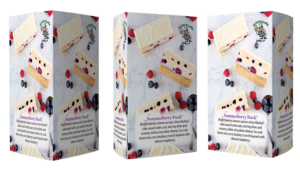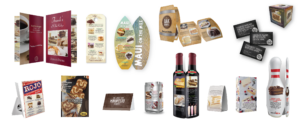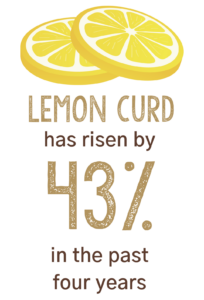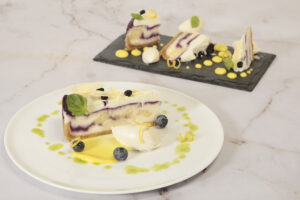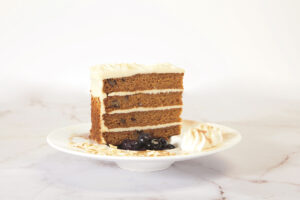There is more behind out desserts than fine ingredients. There is a heartfelt commitment to our planet, our community and our people. Adhering to socially responsible purchasing, ensuring our world can flourish for future generations. This is our commitment to our partners and customers.
 In 2022, Sweet Street announced the Landfill Free by 2025 initiative. By partnering with sustainable energy plants, the bakery’s waste stream will be converted to biodiesel fuel and all remaining materials will be recycled or used as fuel to generate electricity.
In 2022, Sweet Street announced the Landfill Free by 2025 initiative. By partnering with sustainable energy plants, the bakery’s waste stream will be converted to biodiesel fuel and all remaining materials will be recycled or used as fuel to generate electricity.
Biodiesel is a renewable, biodegradable fuel manufactured domestically from vegetable oils, animal fats, or recycled restaurant grease. Biodiesel meets both the biomass-based diesel and overall advanced biofuel requirement of the Renewable Fuel Standard. Renewable diesel, also called “green diesel,” is distinct from biodiesel. (https://afdc.energy.gov)
We recycle cardboard, aluminum, metal, plastics and all paper. Rather than sending waste to a landfill, we either recycle or use it as fuel to generate electricity at a nearby power plant. It also lowers our number of hauls, which conserves gas and reduces emissions. By doing so, we reduced our waste hauling by nearly 1000 tons over 2 years. We are aggressively working toward our goal, being completely landfill free by 2025.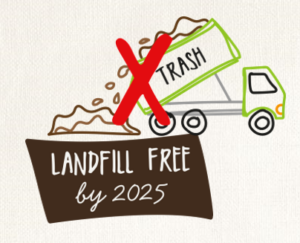
We produce frozen desserts shipped around the world and we must deliver these in the finest condition with zero food safety issues. In addition to meeting food grade standards, over 95% of our plastic packaging is recyclable number 1 or 6. We have reduced the size of our packaging, and our mailing carton is made from recycled material. In fact, 46% of the fiber used to make all of our corrugated packaging is recovered/recycled. Our corrugated packaging suppliers are certified by the Sustainable Forestry Initiative.
 Our bakery operates with an energy conservation mindset. We are constantly looking at ways to reduce our environmental footprint. Recent projects have included installing variable frequency drives to reduce fan speeds where possible (electricity reduction), automating cooling tower operation to better control water usage (water reduction) and utilizing heat dissipated by our product cooling system to heat our plant water year round.
Our bakery operates with an energy conservation mindset. We are constantly looking at ways to reduce our environmental footprint. Recent projects have included installing variable frequency drives to reduce fan speeds where possible (electricity reduction), automating cooling tower operation to better control water usage (water reduction) and utilizing heat dissipated by our product cooling system to heat our plant water year round.
Read more about our social and environmental responsibility here.
The post Landfill Free by 2025 appeared first on Sweet Street Desserts.



